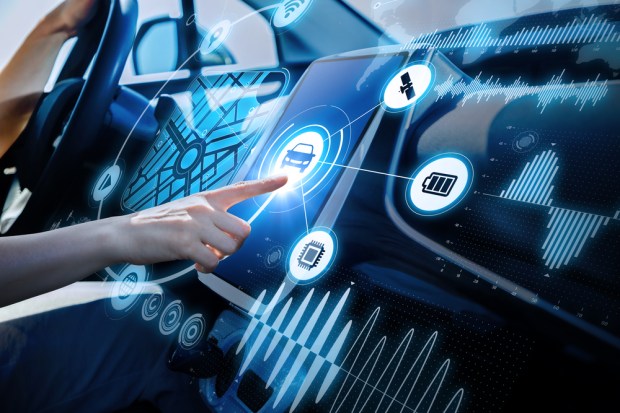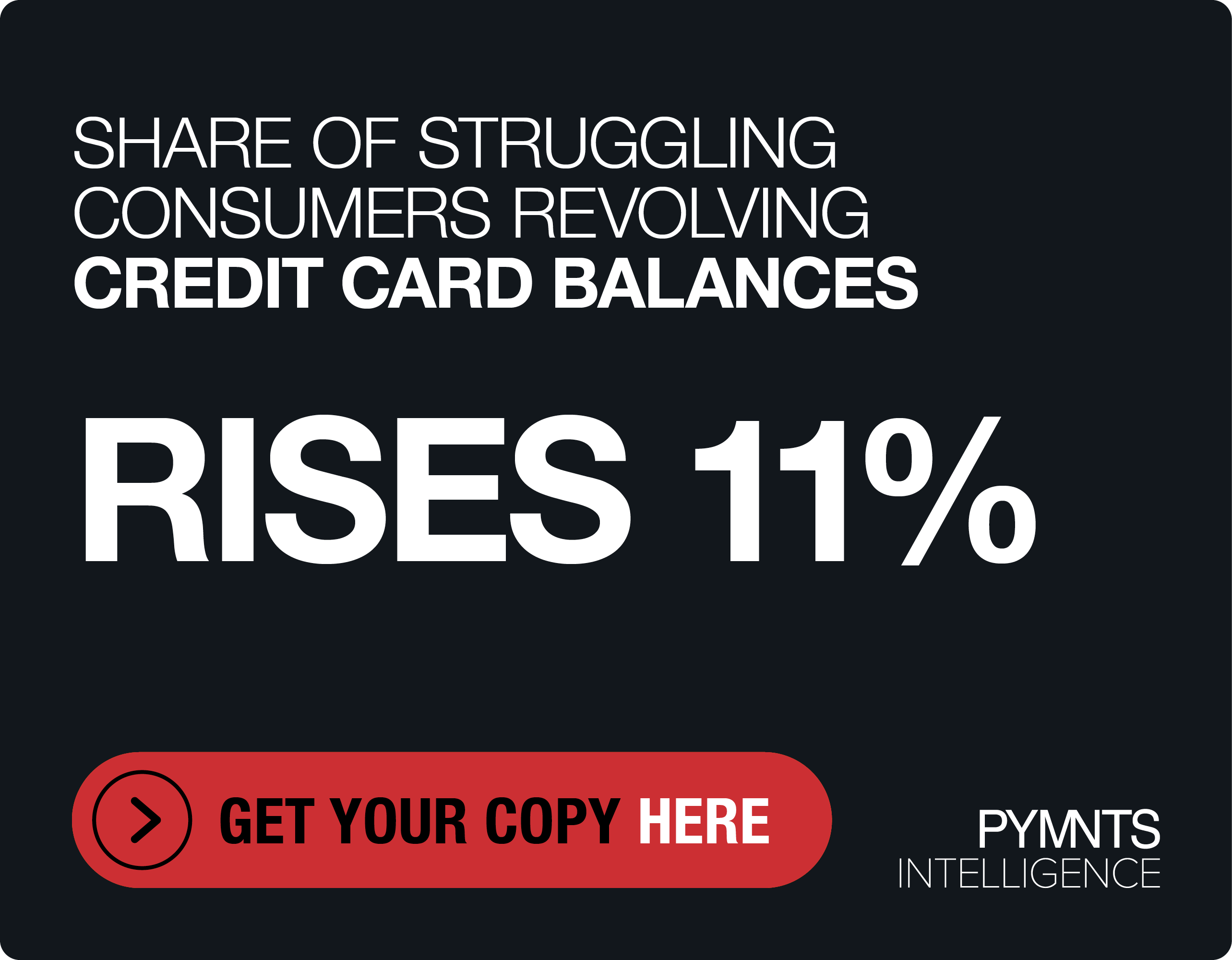How Will Insurance Work In A World Of Connected Cars?

Here come the insurance discounts — presumably.
And, no doubt, the tensions over who gets a piece of the pie.
Connected cars are coming — actually, they are already here, but they will soon be moving into the mainstream, according to even the most sober analysis — and that means automotive insurance will undergo changes as well. Granted, that is bit of a “Captain Obvious” observation, but recent developments provide rough guidance of how this might play out in the coming years.
Consider the F-150 truck, the most popular version of the Ford F-Series, among the most popular automotive product lines in the United States. A typical owner of an F-150 spends $1,890 annually for insurance, part of a “value chain” that amounts to $7,000 per year for gas, maintenance, tolls and other costs, according to a recent presentation from Ford connectivity and emerging services global director Mike Tinskey.
The payments for the insurance generally belong to the insurance company. But what happens when the sensors and other data-collecting and data-transmitting technology installed by the OEM play a part in insurance costs? For instance, a driver whose sensors show he or she to be safe and cautious might end up paying a lower premium than someone whose foot is glued to the gas pedal as he speeds through a school zone.
OEM Cut?
According to an account of that presentation, “Tinskey said the number of embedded modems in Ford vehicles will continue to increase very quickly, and a modem in the example F-150 could change spending for every one of those items, and insurance is no exception. The implication seemed to be that the OEM could capture a cut of that $7,000 by facilitating such transactions with a connected car.”
The central issue at hand is control of data — a question that hovers over the entire ecosystem of connected cars and trucks manufacturers, software providers, commerce firms and others engaged in the competition for footing in this emerging industry.
“The direct consumer relationships owned by the insurers are being sought out (by) the vehicle manufacturers,” said Paul Stacy, R&D director for LexisNexis Risk Solutions, which is trying to build a stronger position for itself in the world of connected car insurance. “More and more insurance companies who launched with a ‘go-it-alone’ approach to telematics insurance products are finding that the scale of the global challenges, working with different vehicle types and data sources, are very challenging.”
The OEMs will certainly be tempted to craft deals that have insurance companies paying for data originating with vehicle sensors. That said, OEMs also “have some incentives to keep this information proprietary, rather than sharing it,” he said. “The evolution is going to require a balance between the essential standardization of the ecosystem, and the elements of competition.”
Crowded Field
The emerging ecosystem is crowded, especially when the scope is expanded to self-driving vehicles, not just connected cars and trucks. Stacy estimated that some 50 companies are building software for “different control elements of the autonomous vehicle,” a group that includes the automakers themselves.
“Traditionally, we would regard this as a kind of ‘arms race’ with data, that will involve winners and losers,” Stacy said. “But looking ahead – with so many complex relationships – it is going to require partnerships and imagination.”
Meanwhile, Tinskey, of Ford, said that insurance companies could reduce their advertising costs via partnerships with OEMs. That’s because “insurance could instead be offered either ‘pre or post’ (pay) at the time a customer bought a new vehicle — a tactic that’s already in place in Europe and China.”
The history of technological change is the history of disruption. There is little doubt this will apply to automotive insurance, and sooner before later.
